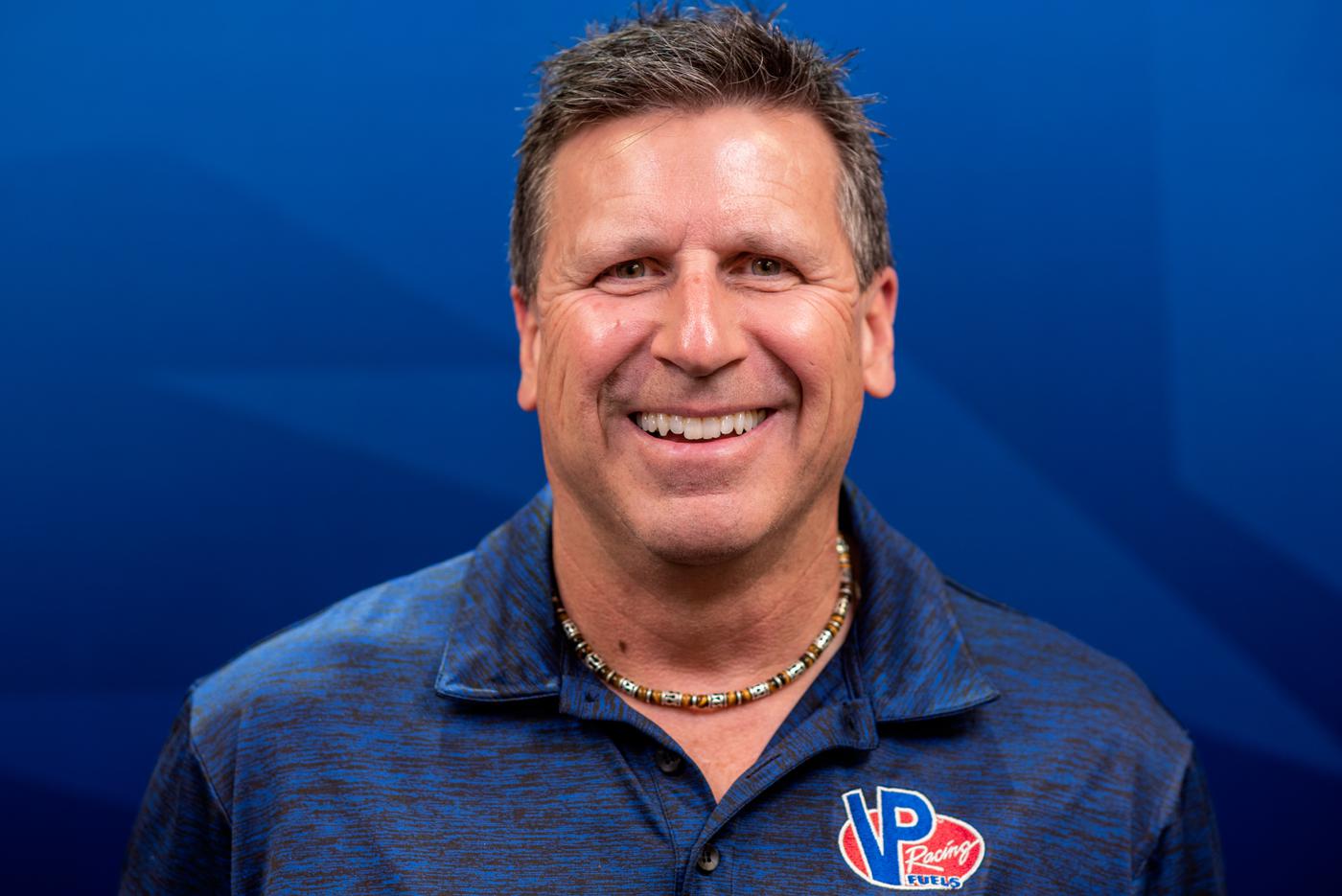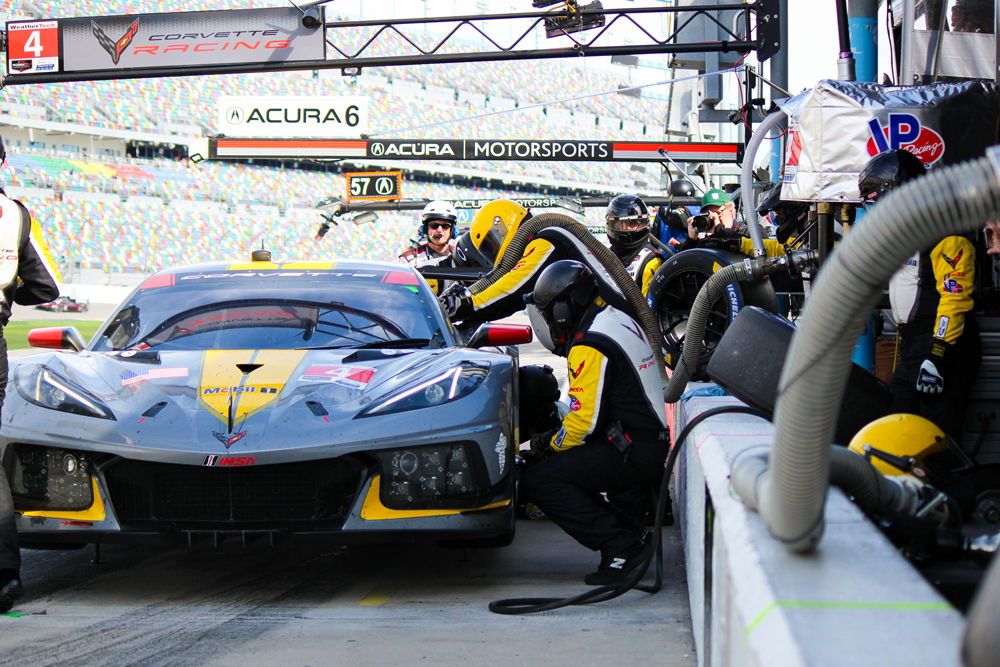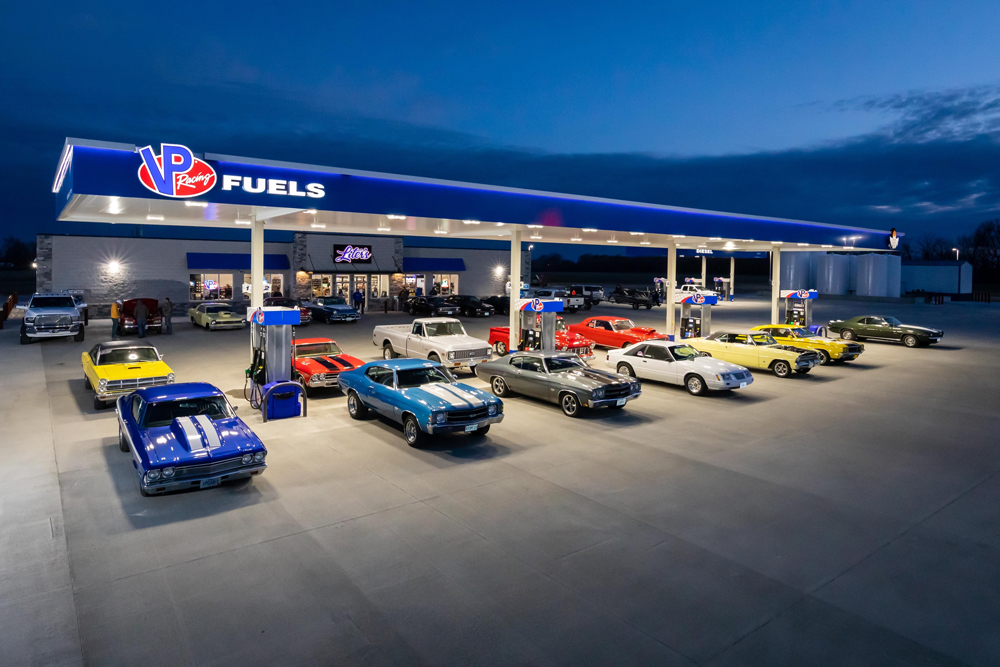Member Check-In: VP Racing Fuels

Bruce Hendel
The expansion of VP-branded gas stations across the US, as well as continued development of renewable fuels, including blends distilled from food waste, are among top priorities for this San Antonio, Texas-based producer of performance fuels, lubricants, coolants, and additives.
Its stylized product logos and brightly colored pails of racing fuel are nearly as common to find at racing facilities as stacks of mounted tires.
That’s part of VP Racing Fuels’ deep footprint in the motorsports fuels market in North America and around the world. The San Antonio, Texas-based firm provides, through a network of 2,000-plus dealers, a line of more than 80 premium fuels that can feed everything from R/C models to an array of global racing series, plus diesel.
The general public now expects fuels for all vehicles, racing and otherwise, to be environmentally responsible. That’s a global trend in the technology of racing fuel. Through its research and broad product base, VP pledges to occupy the tip of the spear when it comes to keeping racing fuels, and engines, acceptably clean.

“What we’re seeing is a shift by some major series to incorporate more renewables in their fuel,” VP Racing Fuels’ Vice President of North American Sales Bruce Hendel explained. “A lot of people don’t realize that VP has 20 or 23 fuels with a certain percentage of renewables already in them. With European series, especially those that run under FIA sanction, there’s a bigger push for a higher percentage of renewables, and those fuels are more readily available now outside the United States.”
In Hendel’s estimation, the public demand for cleaner vehicles in the European Union has meant a quicker pace developing clean fuels than North America has experienced to date. No worries, Hendel said: VP already has an extensive presence in Europe, the Americas, and Asia, and is prepared to formulate fuels for North American racers as environmental and regulatory challenges continue to evolve.
“As things develop here stateside, we will incorporate more renewables into the fuels,” Hendel said. “It just has to be economical. We could go out and buy up fuels overseas, import them, spend all that money on transportation, but that kind of defeats the purpose of using renewables to begin with, because creating more greenhouse gases shipping it over here to blend with other fuels is ridiculous. We’re also looking at possibly blending fuels outside of the US.”
For many people, “renewable” and “ethanol” are used interchangeably, which, in Hendel’s view, can be misleading. For example, VP sells a version of E85, but it’s a long way from the fuel at the neighborhood pump. For the US mass market, renewable fuels can be called E85 even if their ethanol percentage is around 50%. As Hendel explained, “We’re not selling a pump E85, but rather a performance E85. Those formulations from the gas pump can be anywhere from 50–85%, so it’s not consistent. Our 15% is a high-quality, high-octane race fuel, as opposed to pump gas, so we’re always consistent.”

The number of fuel blends VP offers is dizzying, including versions of racing E85 blended with unleaded gasoline. Renewable formulation will be evolving in the future, possibly in line with the EU. Europe is increasingly relying on second-generation renewable fuel, which is distilled from food waste, as opposed to first-generation ethanol, primarily used in North America, which is refined from plant matter directly. “You’re using byproducts instead of the plant with second-generation renewables,” Hendel continued. “There’s not too much of that here in the States just yet. It’s the political environment (in Europe) that pushes that.”
Product evolution at VP will continue as market conditions dictate, Hendel said. “The trend is slightly moving toward unleaded fuels, as opposed to leaded fuels, and we have a number of unleaded fuels that we already produce. But for those applications that do need a higher octane, it’s very, very difficult to get to it without the use of tetraethyl lead. Drag racing would have to migrate to a totally different engine setup.”
From its earliest days in drag racing, with Pro Stock immortals Bob Glidden and Warren Johnson as early customers, VP Racing Fuels now has a presence in a constellation of motorsports disciplines, series, and sanctions. And yet, as Hendel expressed it, people outside racing know little or nothing about the company. In recent years, the firm has embraced an ongoing strategy to make sure its visibility improves, permanently. VP has embarked on opening VP-branded gas stations across the United States, about 370 so far, which will also sell competition-related fuels at the retail level. VP hopes to have 1,000 such outlets within five years.
 MEMBERSHIP LOGIN
MEMBERSHIP LOGIN JOIN PRI
JOIN PRI


